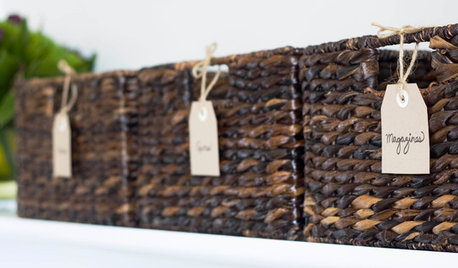We are getting ready to put in a drought-tolerant lawn from seed, and I wondered if anyone has any experience with either of these mixes. After a lot of research, we've pretty much narrowed it down to one or the other based on the composition---but can't find too many "real world" reports on them. Both mix microclover with fescues and ryegrass, but neither advertises the exact ratios so it's unclear what (if any) the differences are.
We're primarily interested in any experiences with foot traffic (we'll have a flagstone path but also have a dog who doesn't always use the path!) and drought tolerance (dry summer climate). We'll also be growing this in heavy clay soil with some shady areas; EarthTurf advertises that it can handle both of these, but not sure it's actually substantively different from the Rough & Ready given that the mixes seem pretty similar.
Any thoughts/experiences would be great---thanks!










dchall_san_antonio
artemis78Original Author
Related Professionals
Leawood Landscape Architects & Landscape Designers · Severn Landscape Architects & Landscape Designers · Brentwood Landscape Contractors · Peabody Landscape Contractors · Annandale Landscape Contractors · Eustis Landscape Contractors · Gloucester Landscape Contractors · Golden Gate Landscape Contractors · Shirley Landscape Contractors · South Farmingdale Landscape Contractors · West Chester Landscape Contractors · Whitehall Landscape Contractors · Selma Landscape Contractors · Shenandoah Landscape Contractors · Ansonia Landscape Contractorsbpgreen
dchall_san_antonio
bpgreen